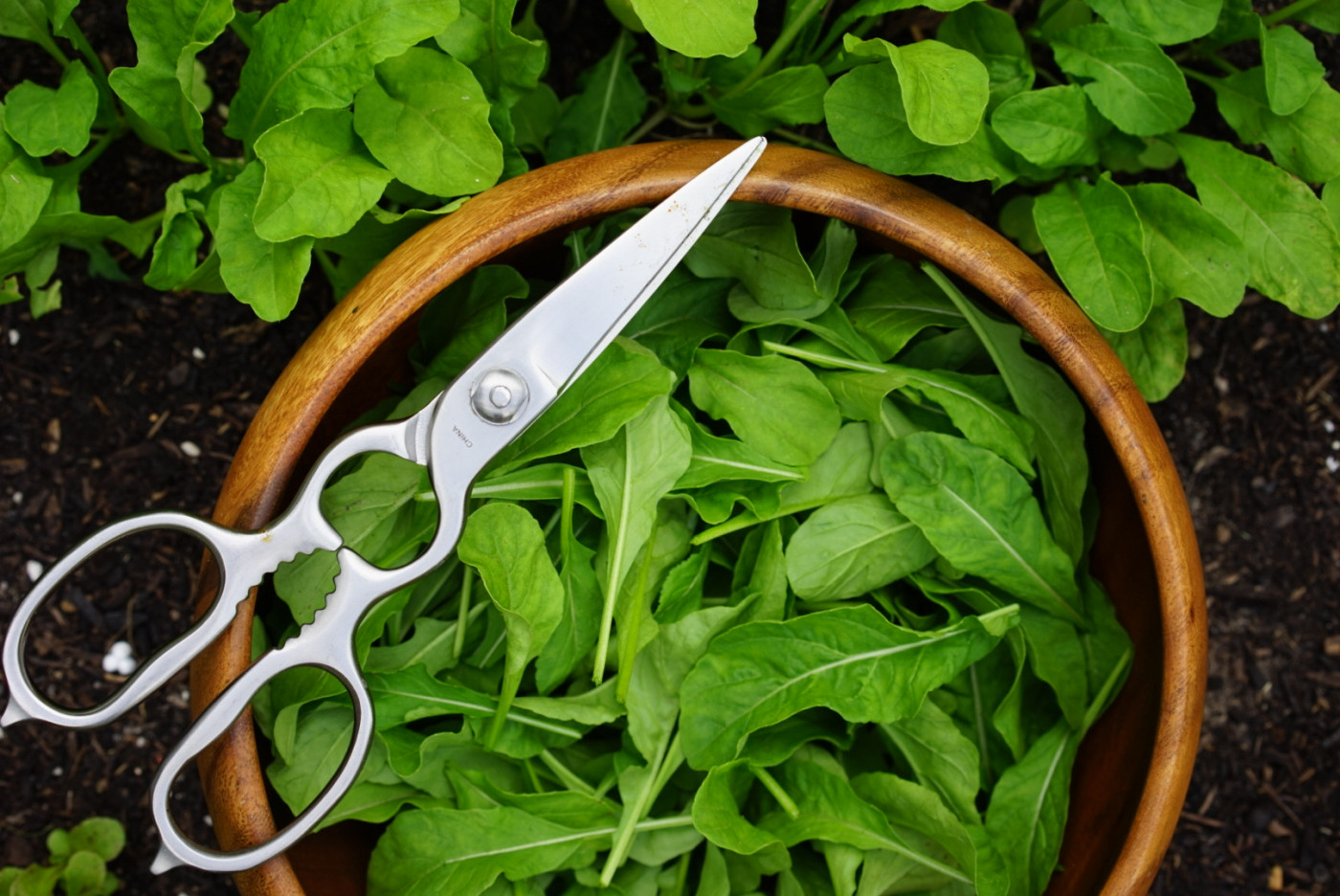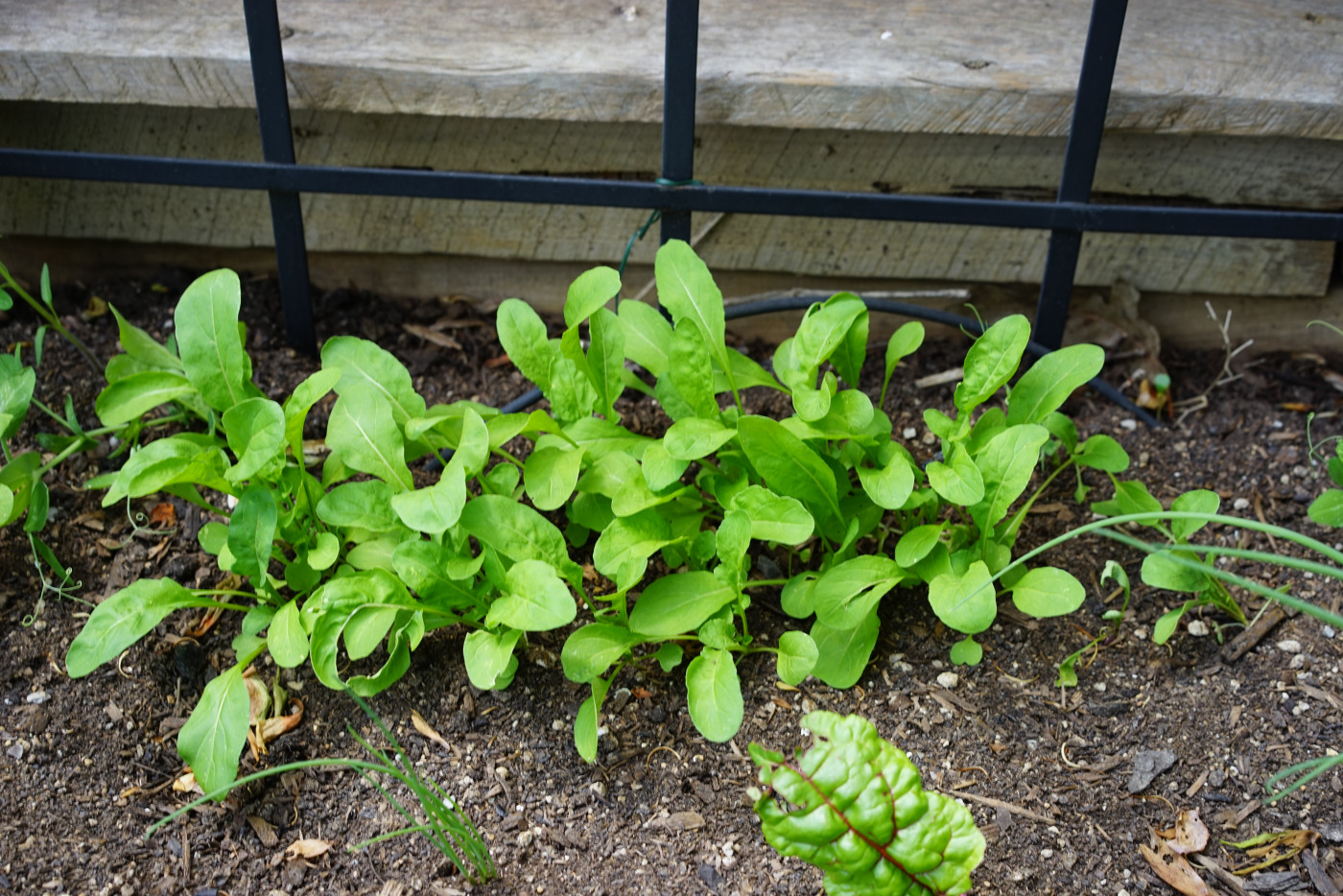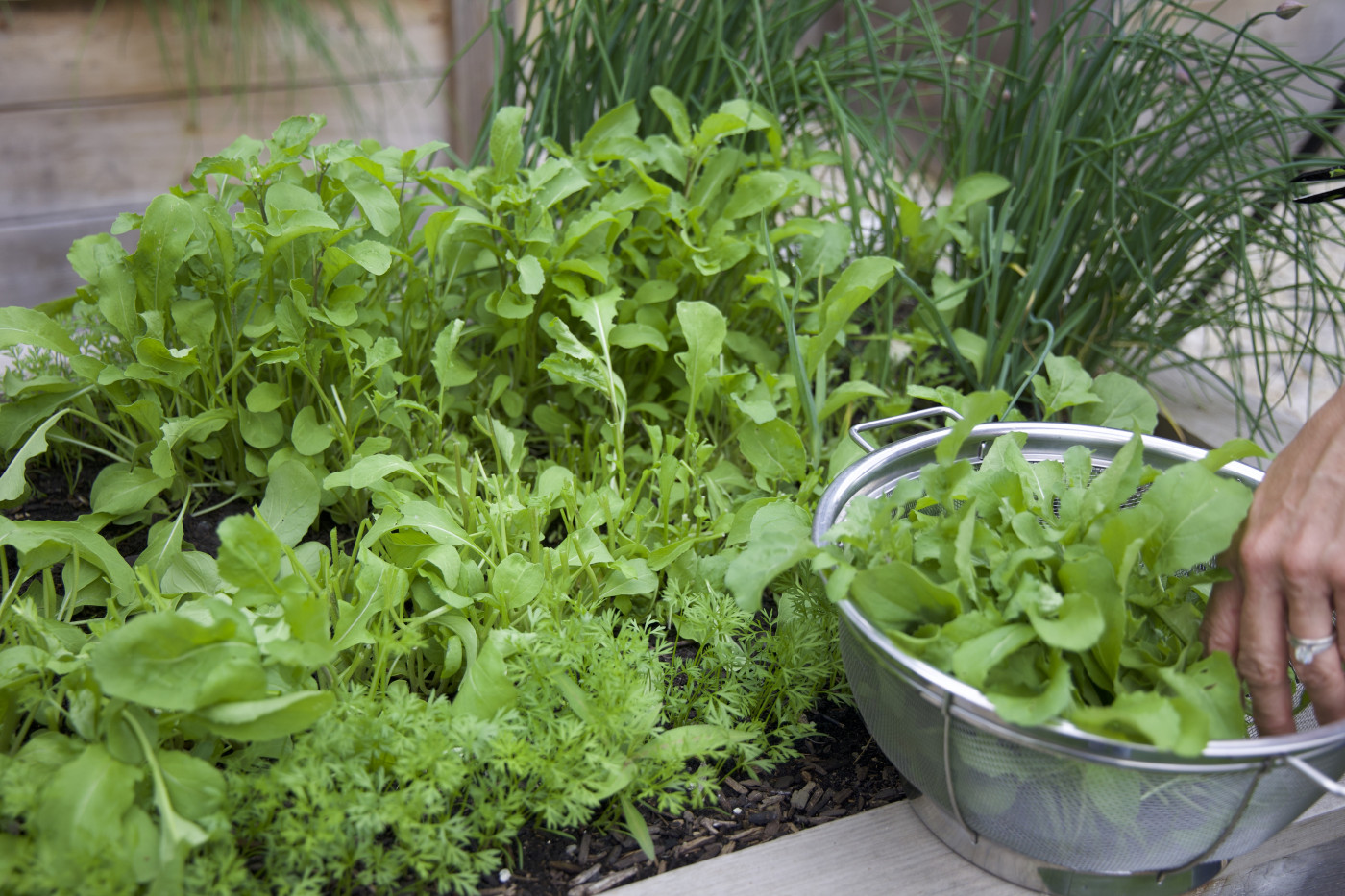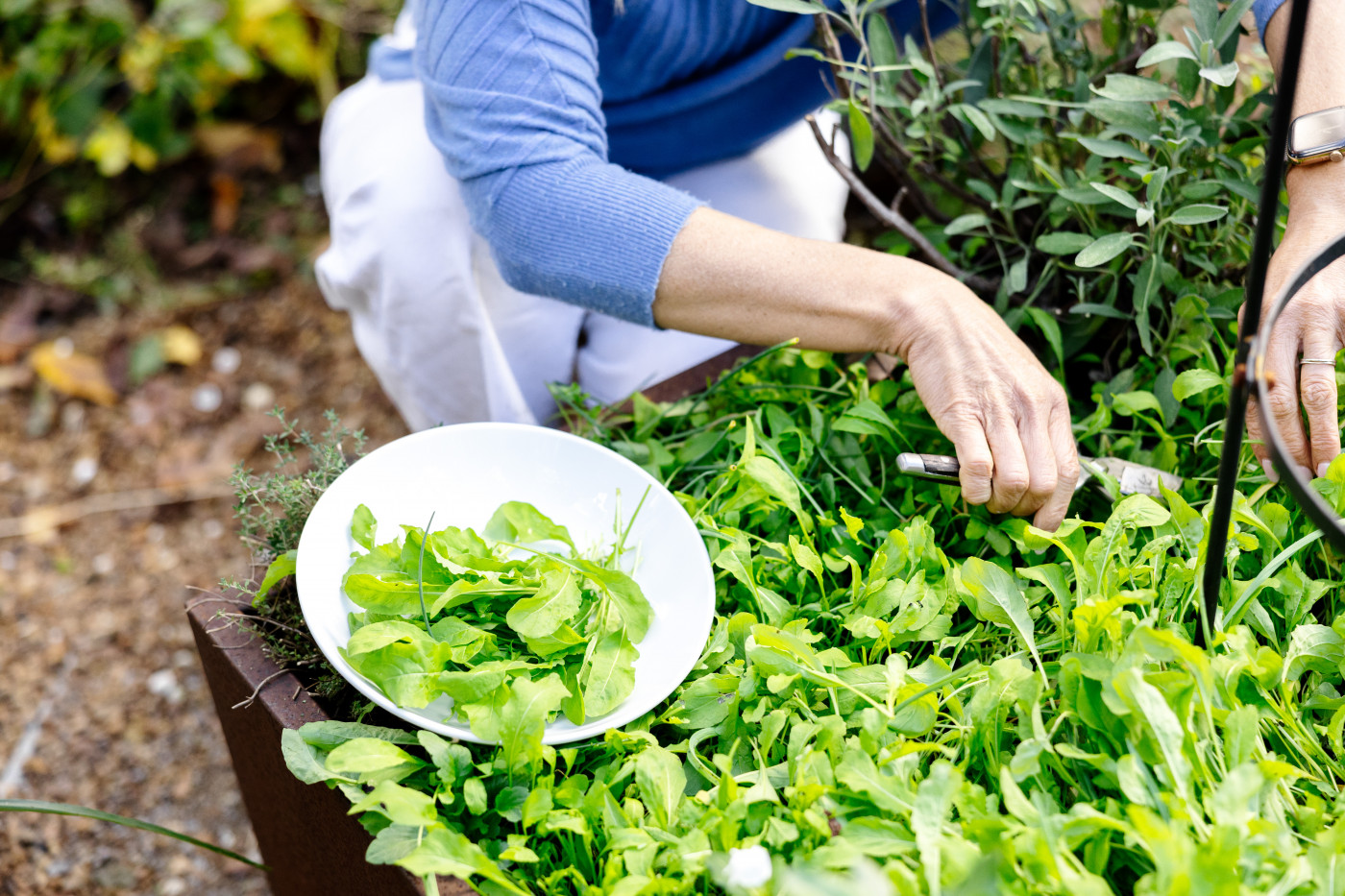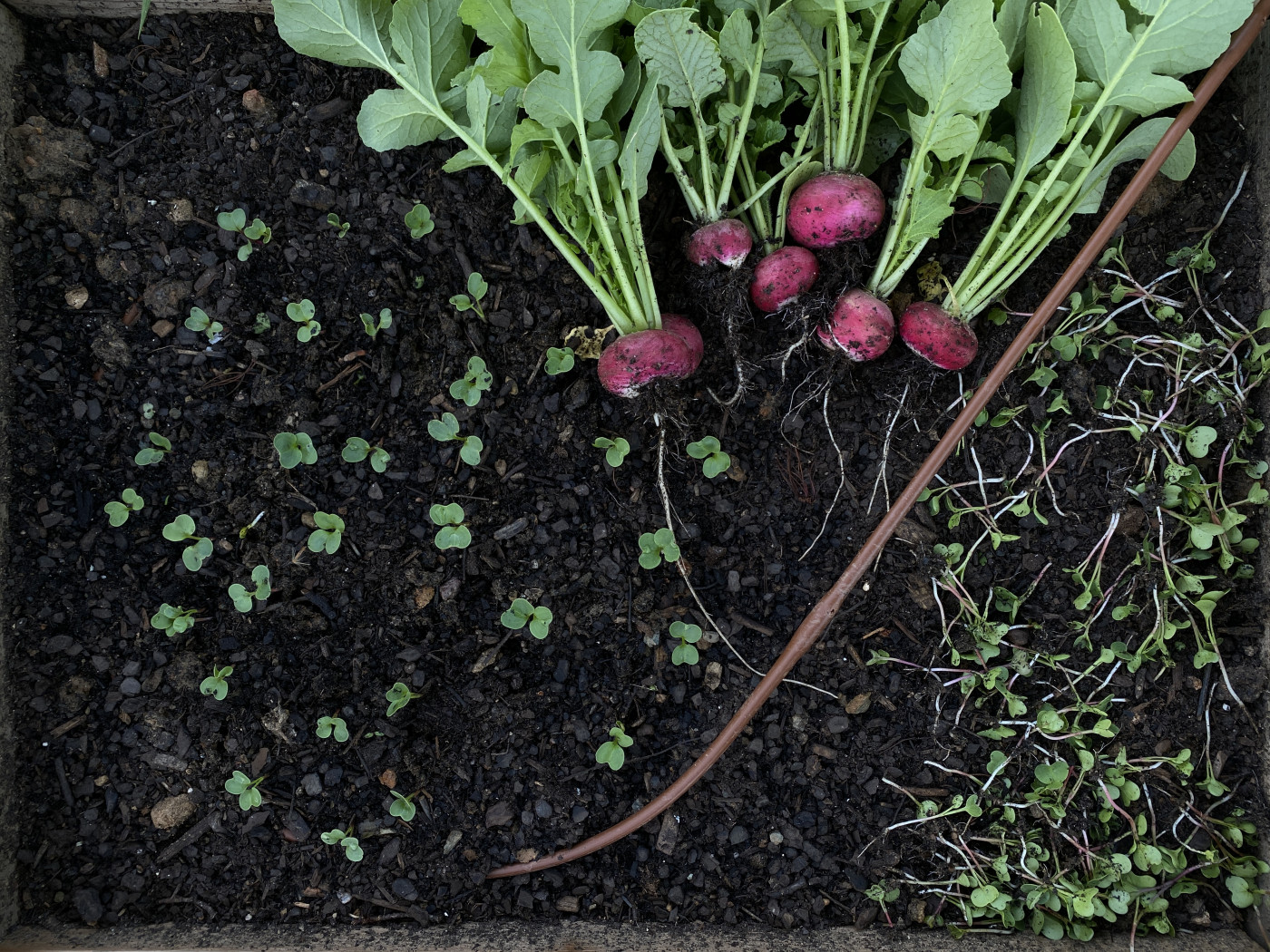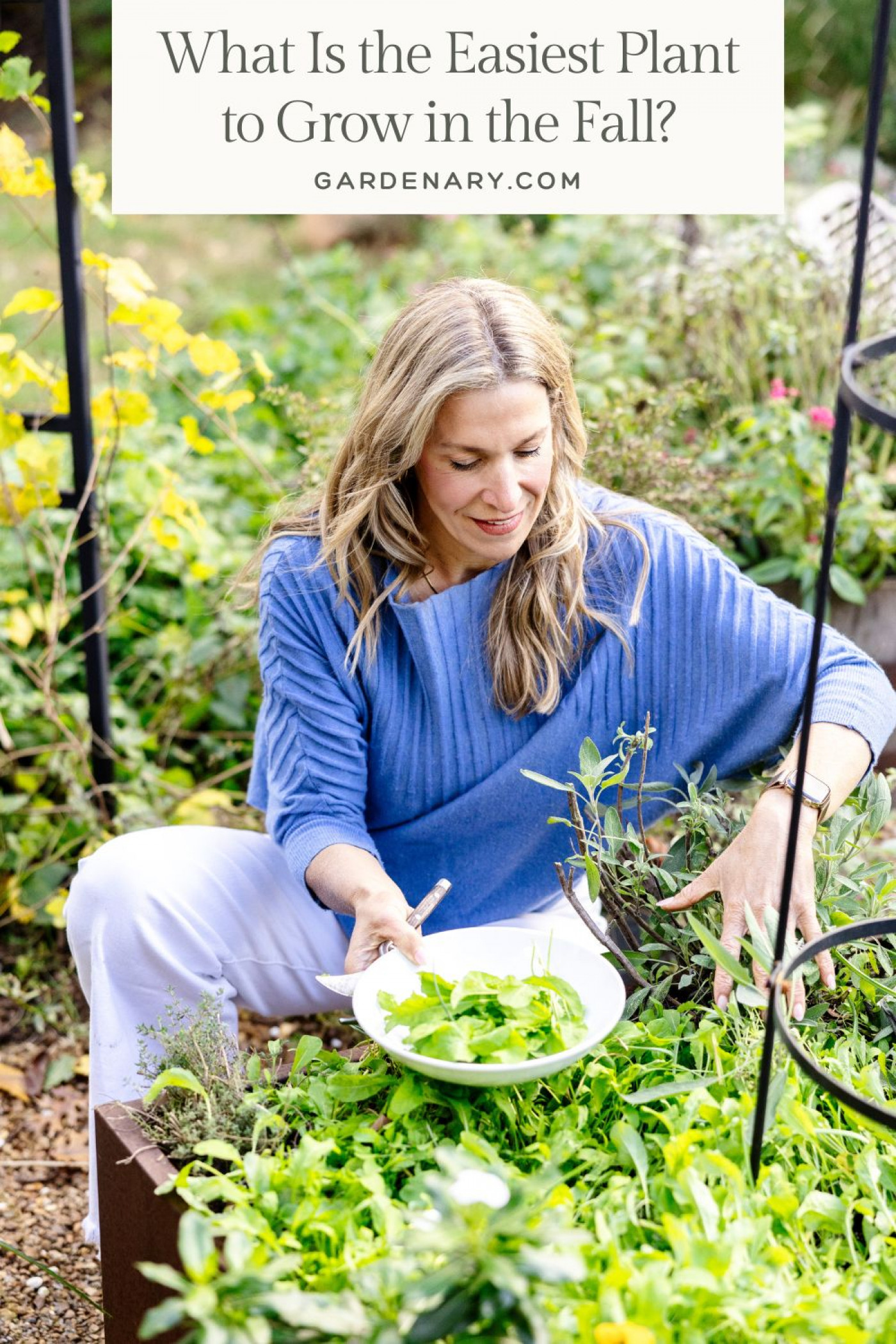At a Glance
- Discover the easiest plant to grow in the fall and why it thrives in cool weather.
- Learn the simple harvesting method that keeps your plants producing for weeks.
- Meet the runner-up crop that’s nearly as fast and rewarding to grow.
What Is the Easiest Plant to Grow in the Fall?
Every gardener has a favorite crop for each season, and when it comes to fall, I always find myself leaning toward one plant above all others. People often ask me, What’s the easiest thing I can grow right now? During the cool season, my answer is quick and confident: arugula.
There’s something about this leafy green that makes it not only reliable but also exciting to grow. I think it's the shocking speed at which it shows results. It sprouts quickly, it doesn’t demand much attention, and it rewards you with harvests almost before you know it. If you’ve ever wanted to feel like a successful gardener in just a few weeks, arugula is the plant that will make it happen.
Why Arugula Is Easy
Many gardeners think of Arugula as just another salad green (or worse—they don't think of it at all!), but its resilience and speed make it uniquely suited for fall. Unlike summer crops that wilt or sulk at the first shift to cold, arugula embraces the chill. In fact, its flavor actually improves when the weather dips, becoming sharper and more vibrant.
When I started growing arugula, I was amazed at how quickly it showed up in the garden. Within three to five days of sowing seeds, little green sprouts were already pushing through the soil. That early success is encouraging, especially in the fall when gardeners may feel like the season is slipping away.
By the time three weeks had passed, I was already smiling while snipping baby leaves for salads, and a few weeks later, I was harvesting handfuls of full-grown greens. When I saw how easy it was, I decided to pop a new round of seeds into the ground!
Arugula is Low-Maintenance
One of the most overlooked benefits of arugula is just how little care it requires. You don’t need to trellis it, you don’t need to prune it, and you don’t even need much space. A small raised bed, a few feet of garden soil, or even a large container on your patio is more than enough to keep you stocked with arugula throughout the fall.
When I prepare a bed for arugula, I keep it simple. I add a fresh layer of compost to the top of the soil, smooth it out, and scatter the seeds directly. Unlike some crops that prefer to be started indoors and transplanted, arugula loves to start right where it will grow. It’s forgiving if you plant too thickly, and you can always thin it later by harvesting baby leaves. This forgiving nature is one of the reasons it’s so beginner-friendly.
Another reason arugula is such a joy is how well it fits into the rhythm of fall. Summer gardening can feel like a marathon—watering, pruning, staking, and constantly fighting the heat. By contrast, fall gardening with arugula feels almost restful. The cooler weather means you don’t have to water as often, and pests are less aggressive. The plants practically take care of themselves, and you get to enjoy the rewards without the stress.
How to Harvest Arugula So It Keeps Producing
The next reason I put arugula at the top of the list is its generosity. It’s not a one-and-done plant like many others. With the right harvesting method, you can enjoy fresh arugula for weeks, sometimes even months, from the very same plants. The secret is simple: never pull the whole plant. Instead, harvest it in a way that lets it keep growing.
Arugula is what gardeners call a “cut-and-come-again” crop. This means you can cut individual leaves, and the plant will continue to send out new growth from its center. If you’ve ever harvested lettuce or spinach this way, the principle is the same. The goal is to take enough to keep your kitchen happy while leaving plenty for the plant to regrow.
I like to begin harvesting arugula when the leaves are about 3 to 4 inches (7 to 10 cm) long. At this stage, they’re tender and flavorful without being overly spicy. To harvest, I use a pair of clean scissors or simply pinch the leaves with my fingers. I always take the outer, older leaves first, working my way around the plant in a kind of circle. The inner leaves, which are still small and developing, stay behind. Those younger leaves will quickly mature and replace the ones I’ve just taken.
It’s tempting to harvest too much, especially when the plants are growing fast. But the key to continuous production is restraint. Try to never remove more than one-third of the plant at a time. This gives the arugula enough leaf surface to keep photosynthesizing and fueling new growth. A light, steady harvest every few days is much better than one big cut all at once.
If you want an even longer harvest window, stagger your plantings. I sow arugula seeds every two weeks in the fall. This way, just as one patch begins to slow down, another patch is hitting its peak. With this simple succession planting strategy, I often have arugula on my table until deep into the cool season.
Another tip is to harvest in the morning. The leaves are crisper and more hydrated at that time, which makes them taste better and store longer. If you happen to miss a few days and the plants start to flower, don’t worry. The blossoms are edible too, with the same peppery kick, and pollinators love them.


Learn the Easiest Way to Grow Your Own Food
The Easy Garden Kit makes growing your own food simple and stress-free. Everything you need for success is included: the top 10 easiest seeds to grow, a detailed video course, a raised bed setup guide, planting plans, a growing guide, and a delicious recipes book for when you harvest.
Grow Other Leafy Greens in the Fall
To be fair, arugula isn’t the only easy leafy green that thrives in fall. Spinach, lettuce, Swiss chard, and mustard greens all deserve their place in the garden, too. They share many of the same qualities that make arugula a winner: they love cool weather, they germinate quickly, and they’re perfect for direct sowing.
Spinach is one of my favorites for its deep green leaves and nutritional value. Lettuce offers a wide range of textures and flavors, from crisp romaine to buttery Bibb. Swiss chard adds a splash of color with its vibrant stems, and mustard greens bring their own spicy kick. All of these plants are wonderful choices for fall, and I encourage every gardener to experiment with them. They just might need a little more time and attention than your arugula.
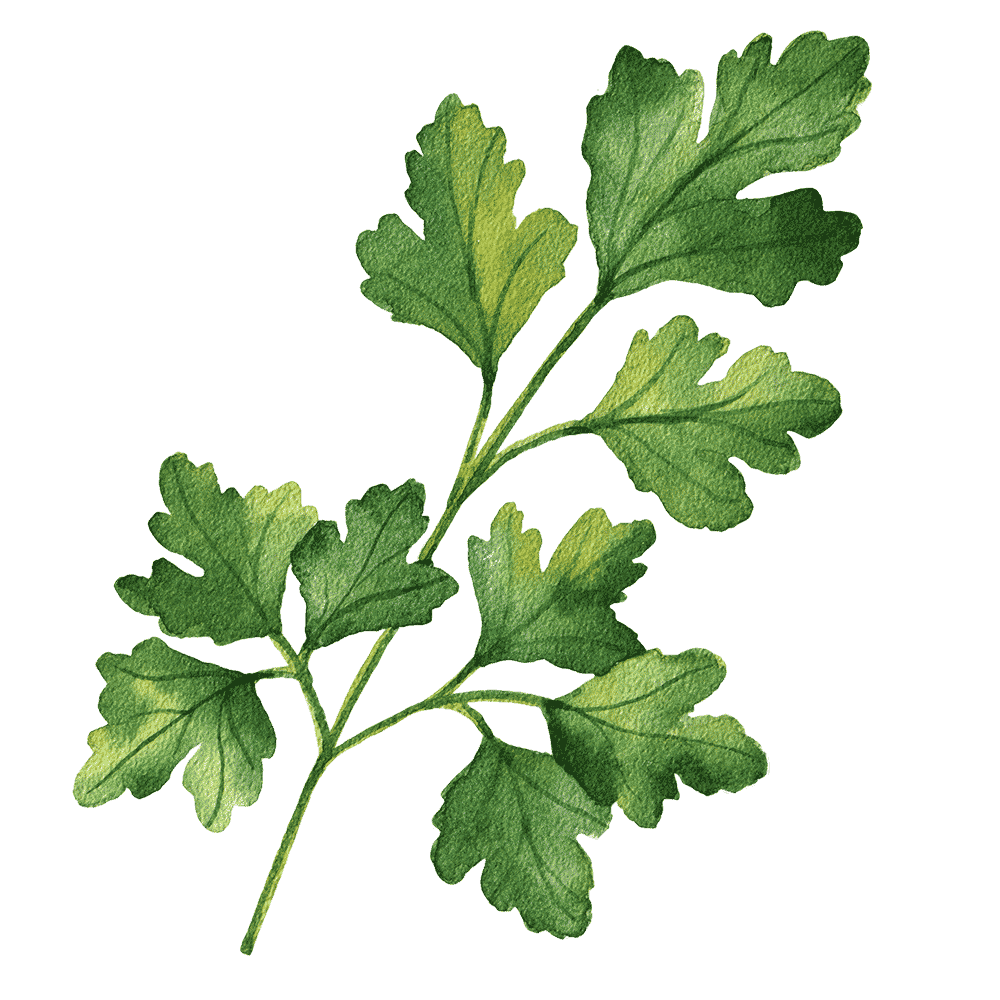
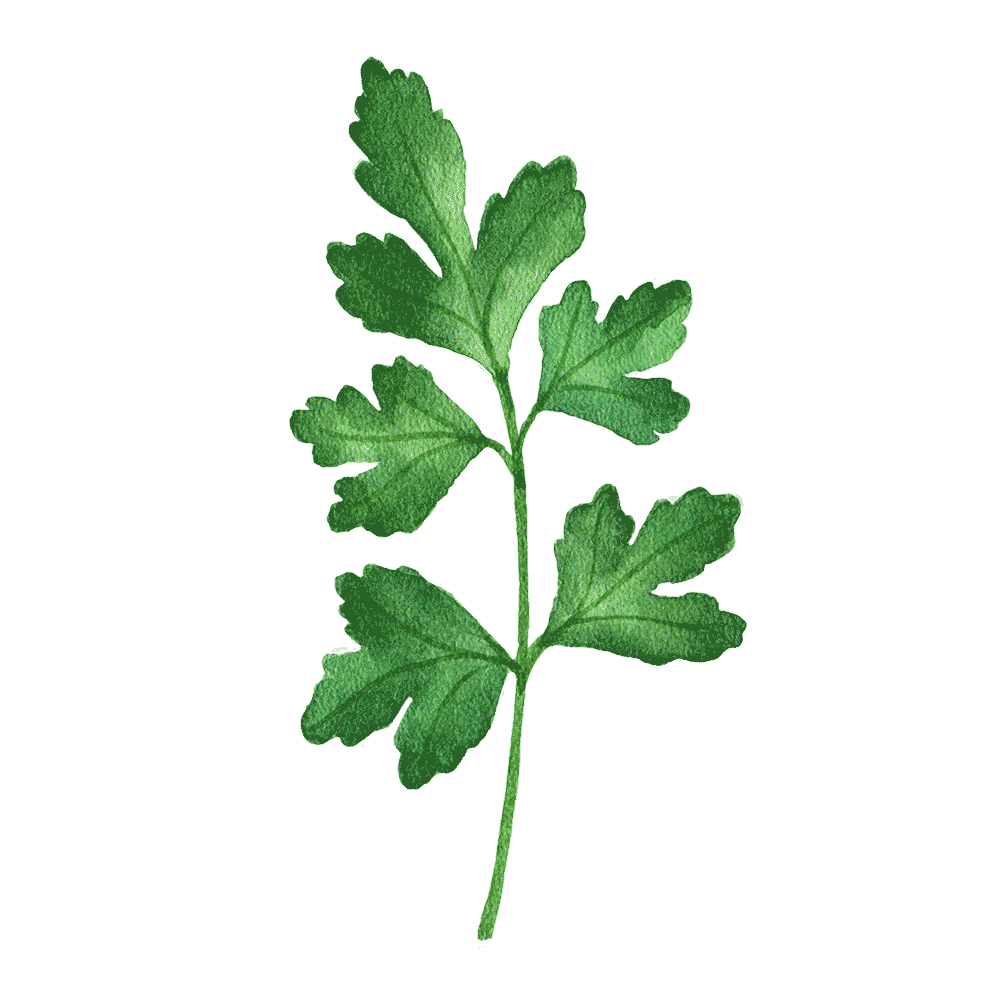
Start your dream garden this fall
Easy Fall Plant Runner-Up: Radishes
If arugula is the undisputed winner of the fall garden, then radishes come in a close second. In fact, I sometimes recommend growing the two side by side because they complement each other so well.
Radishes are famous for their speed. In as little as 25 days, you can pull crunchy, colorful roots right out of the soil. They are one of the fastest vegetables to mature, and their growth is so reliable that they’ve been used by gardeners for generations as a way to “test” the soil. If your radishes come up quickly, you know your bed is ready for other crops.
One of the best parts about radishes is how little trouble they give you. Pests rarely bother them, and because they mature so quickly, they don’t need much maintenance. Children especially love them because of the instant gratification. You plant a seed, and in less than a month, you have something to pull and eat.
The only drawback, compared to arugula, is that radishes are one-and-done. Once you harvest the root, the plant is finished. You can, of course, plant another round, but you won’t get the continuous harvest that arugula provides. That’s why I always give radishes the runner-up award. They’re fun, fast, and rewarding, but they don’t give back quite as much as arugula does.
The Final Word
So, what is the easiest plant to grow in the fall? The answer is clear: arugula wins, and radishes are the runner-up.
Arugula, with its quick germination, forgiving nature, and generous harvests, makes fall gardening almost effortless. It’s the plant that will make you feel like a pro, even if this is your very first season trying your hand at a garden.
Leafy greens as a whole are ideal for this time of year, and radishes earn an honorable mention as the runner-up for their speed and reliability. But arugula wins the crown. It’s simple, rewarding, and endlessly versatile.
If you want a fall garden that brings joy without stress, plant arugula. It may just convince you, once and for all, that you really do have a green thumb.

